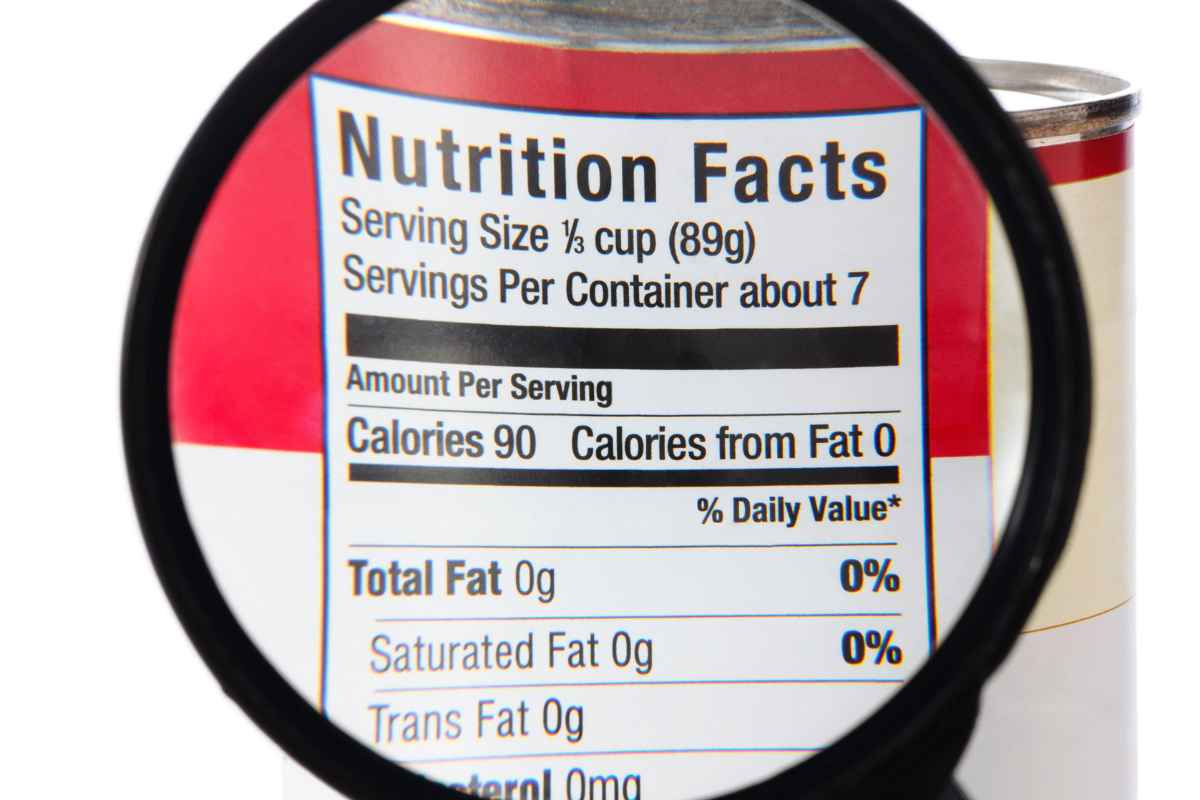Navigating the nuances of effectively labeling food in a restaurant setting is not just a regulatory compliance issue; it’s an art that enhances customer experience and safety. Whether you’re dealing with allergens, nutritional information, or simply aiming to entice your clientele with mouth-watering descriptions, mastering the craft is vital. In this guide, we’ll explore the essentials of food labeling, offering tips and strategies to transform this mandatory task into a compelling advantage for your establishment. Get ready to elevate your service and satisfy your guests like never before.
Understanding the Basics of Food Labeling in Restaurants
Proper food labeling within a restaurant setting is not only vital for ensuring customer safety, it also enhances the dining experience by providing clear information on ingredients, potential allergens, and nutritional content. The initial step towards effective labeling is to understand the regulatory requirements that apply to your locale, as these can vary significantly from one jurisdiction to another. Ensuring compliance with these regulations is key to operating successfully and avoiding any legal complications.
In developing your labeling approach, consider the clarity of the information provided. It should be easily accessible and understandable to all customers, regardless of their background. This means using straightforward language and avoiding any technical jargon that could confuse diners. Labels should include key information such as ingredient lists, calorie content for each serving, and allergen warnings. This transparency not only builds trust with your patrons but can also serve as a positive highlight in marketing your restaurant’s commitment to consumer health and safety.
To further refine your labeling strategy, here are a few practical steps:
- Conduct a thorough audit of all menu items to ensure all ingredients are accurately listed.
- Train your staff on the importance of food labeling and how to communicate effectively with customers about their menu choices.
- Regularly review and update your labels to reflect any changes in your menu or in regulatory requirements.
Implementing these measures will help you maintain a high standard of food safety and customer service, contributing to the overall success of your restaurant.
Choosing the Right Labels
When it comes to labeling food in restaurants, the choice of labels is paramount. This is not just about the design or aesthetic appeal, but encompasses considerations like durability, ease of amendment, and compliance with health and safety standards. Labels serve as the silent communicators between the kitchen and the customer, offering insights into ingredients, origins, and allergens, therefore their clarity and accuracy are non-negotiable. Material choice plays a crucial role in determining the suitability of labels for different scenarios within a restaurant’s operations. For environments exposed to moisture or varying temperatures, such as refrigerated cases or heated display units, the durability of waterproof or heat-resistant labels becomes essential. Additionally, the choice between permanent and removable labels hinges on the frequency of menu changes. Removable labels are advantageous for restaurants that rotate dishes often, allowing for easy updates without residue, keeping the presentation pristine. Beyond the physical characteristics, labels must also align with regulatory requirements to ensure food safety. This encompasses accurate allergen information, nutritional details, and potential cross-contamination warnings. Implementing labels that offer the ability to tailor details can significantly enhance communication with customers, fostering trust and confidence. In this ever-evolving culinary landscape, the ability to seamlessly update label information in response to changes in recipes or legislation is equally important. Utilizing labels that can be customized effortlessly through in-house printing solutions or through a label supplier who offers flexibility and a broad range of options ensures that a restaurant can adapt swiftly and effectively. The integration of QR codes expands possibilities even further, providing diners with in-depth information at a simple scan, thus enriching the dining experience through transparency and engagement.
Ingredients Listing Guide
Accurately listing ingredients on a restaurant menu not only enhances customer trust but also complies with health and safety regulations. To begin with, ensure that every ingredient used in a dish is clearly mentioned. This includes main components, as well as spices and condiments. For those with food allergies or dietary restrictions, this practice is not just helpful, it’s crucial.
Start by categorizing ingredients based on their prominence in the dish. The most significant items should be listed first, followed by secondary ingredients and spices. Additionally, indicate the presence of potential allergens like nuts, soy, gluten, and dairy. This can be done by placing a distinctive symbol next to the ingredient name or in a footnote at the bottom of the menu page. Transparency regarding food sourcing and potential GMO ingredients is also appreciated by increasingly health-conscious consumers.
Another aspect to consider is offering a brief explanation for less common ingredients. This educates customers and can make them more open to trying new dishes. Here is an example of how to format this information in a table:
| Ingredient | Description | Common Allergens (If applicable) |
|---|---|---|
| Quinoa | A high-protein, gluten-free grain. | None |
| Tempeh | A soy-based product rich in protein and fiber. | Soy |
| Pine Nuts | Used for flavor in pesto and other dishes. | Nuts |
Remember, the goal is to make the menu informative and accessible to everyone. By carefully listing ingredients, you protect your customers and enhance their dining experience.
Labeling for Allergens
In the current dietary landscape, allergen labeling is not just a courtesy—it’s a critical component of food safety and consumer protection in restaurants. With a significant portion of the population suffering from food allergies, correctly identifying and labeling allergenic ingredients can prevent adverse reactions, which in some cases, might be life-threatening. The main allergens include milk, eggs, fish, shellfish, tree nuts, peanuts, wheat, and soybeans, often referred to as the “Big Eight.”
For effective allergen labeling, it’s essential to implement a detail-oriented approach. Start by ensuring that every item on your menu clearly lists any of these ingredients if they are present. However, it’s equally important to highlight cross-contamination risks. Even if a dish does not contain allergenic ingredients directly, it must be labeled adequately if it’s prepared in an environment where cross-contamination could occur. To facilitate this, employing color-coded labels or icons specific to each allergen can visually aid customers in identifying dishes that are safe for them to consume.
Another crucial aspect is staff training. Every team member, from the kitchen to the service staff, should be well-informed about the dangers of food allergens and the restaurant’s labeling system. They must understand the importance of precise communication regarding menu items’ ingredients and preparation processes. Ensuring this knowledge across your team not only aids in preventing potential allergic reactions but also builds trust with your customers, demonstrating your establishment’s commitment to their health and safety.

